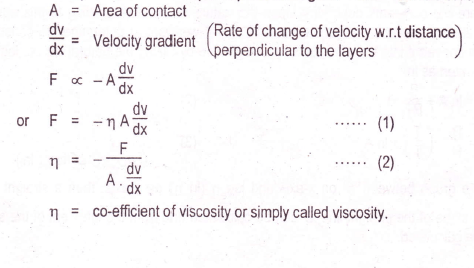

In 1911 it established its viscosity grade classifications for engine oils.

The Society of Automotive Engineers (SAE) was formed in 1905. And a multi-grade engine oil has to survive all these different conditions.

It provides the appropriate fluid film protection in a number of flow and temperature conditions, being cranked at cold start-up temperatures down as low as -35o C, circulating as the bulk engine oil at around 100o C, or being torn apart through the ring belt area at temperatures around 185o C. Probably the most common multi-grade viscosity classification we encounter is an SAE 15W-40, though some modern diesel engines are now calling for SAE 10W-40, SAE 5W-30 or even SAE 0W-20 viscosity engine oils.Ī multi-grade engine oil is a technological marvel, yet we tend to take them for granted. Any lubricant, including diesel engine oils, can be fully described by those two functions, performance and viscosity. The other is performance, whether an API Service Classification, an ACEA Classification or an OEM specification. Viscosity is one of two characteristics which we use to fully describe an engine oil. I hope this helps a bit and not muddied the waters even further.We’re all familiar with multi-grade diesel engine oils. However with two points and a generic curve for petroleum products you can. The viscosity/temp curve is definitely not a straight line, it's a curve and as pointed out above you cannot define a curve with only two points. It cannot be used to calculate anything further, it's just an index, higher is thought to be better. VI is a just measure of multigradediness (if there was such a word). Summing up some of the points by previous posters: The following graph shows the viscosity down to 0C and I have thrown in a theoretical VI220 oil to show the benefit of high VI oil. On the basis that a picture is worth a thousand words I have used the Widman site to produce the real graph for the three oils from 40C to 100C. If you try to use this "graph" to derive the viscosity at say 60C you would arrive a value of about 50cSt, extrapolating back to 20C or even 0C would give figures around 100cSt. This gives the impression that VI is some straight line on a graph with linear scales. However the worst thing about this drawing is that the V100 and the V40 points are then joined up with straight lines and marked with the VI. The real values should be 11.36 and 8.9 cSts so this drawing has been exaggerated for effect. In the first place the figures for V100 look about 15cSt for the VI154 oil and 6cSt for the VI94 oil. The Widman site is first class and all users interested in the subject should become familiar with the calculation tables and graphing options.Ĭonfusion is created by things like the "graph" shown by MKZman which is an attempt to show what VI means but is totally misguided and leads to all sorts of misconceptions. There is really no substitute for much googling and internet reading. The subject of Viscosity Index like many things is very difficult to explain simply. I've been reading BITOG for some time but this is my first post. I used the VI calculator at Widman's and not all match from the published specs from the supplier's web site. Of course, in looking at other threads before I posted, there is the debate on whether high VI is really meaningful measurement. The MC is the odd one here with a much higher VI. I was just comparing and for a simple ratio I could not do the math.

I would expect depending on VI improvers they would not all react to temperature the same. I was expecting a non-linear like a post but another person said how can two data points give a curve (straight or not) which leads to my other question is how can two oils have similar end points and have diff VI unless they have non-linear relationships. The VI is simply reported as a numerical value that has no units. For example, a higher viscosity index indicates that the kinematic viscosity of the lubricant will decrease very little when the temperature is increased. The viscosity index (VI) is an arbitrary measure of the variation in the kinematic viscosity of a petroleum product due to changes in temperature between 40☌ and 100☌. The BITOG chart I was looking at was this:Ĭalculating Viscosity Index from Kinematic Viscosity at 40☌ and 100☌


 0 kommentar(er)
0 kommentar(er)
